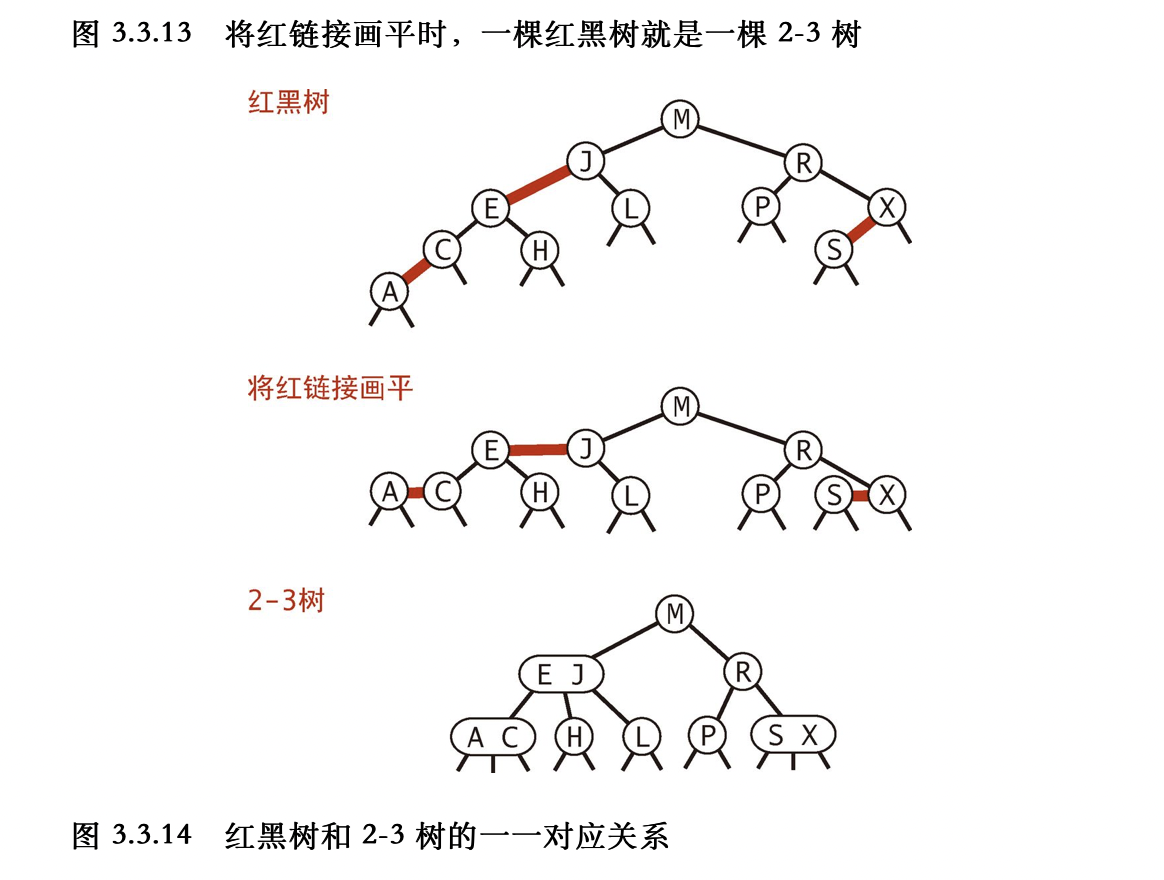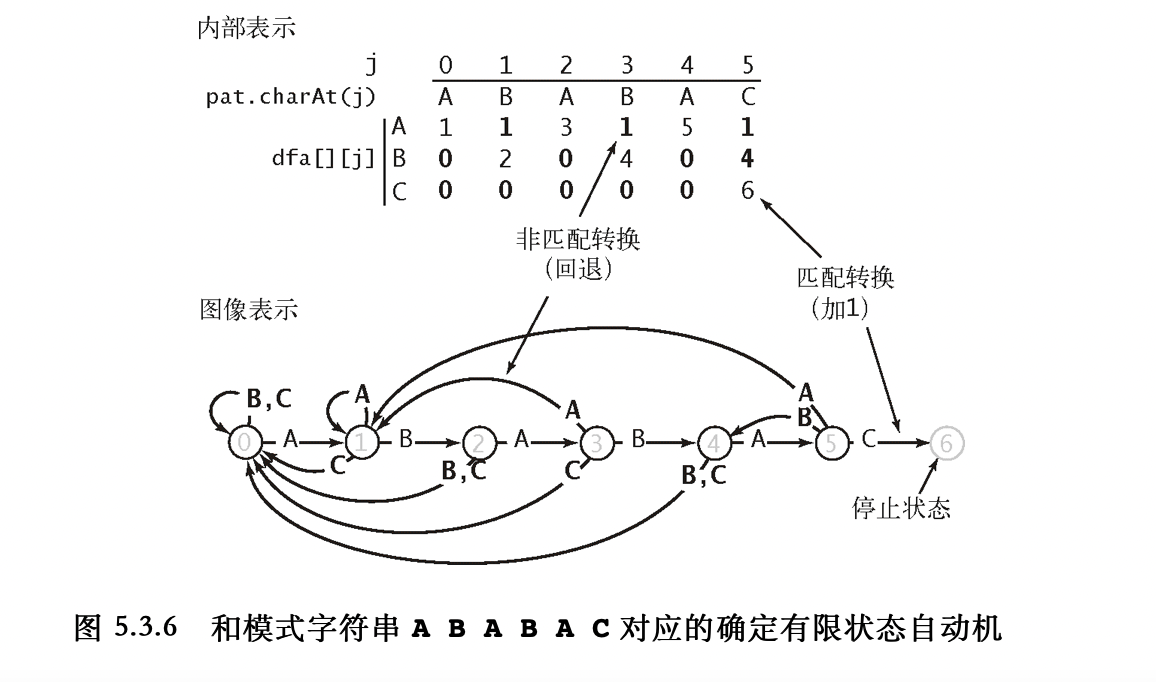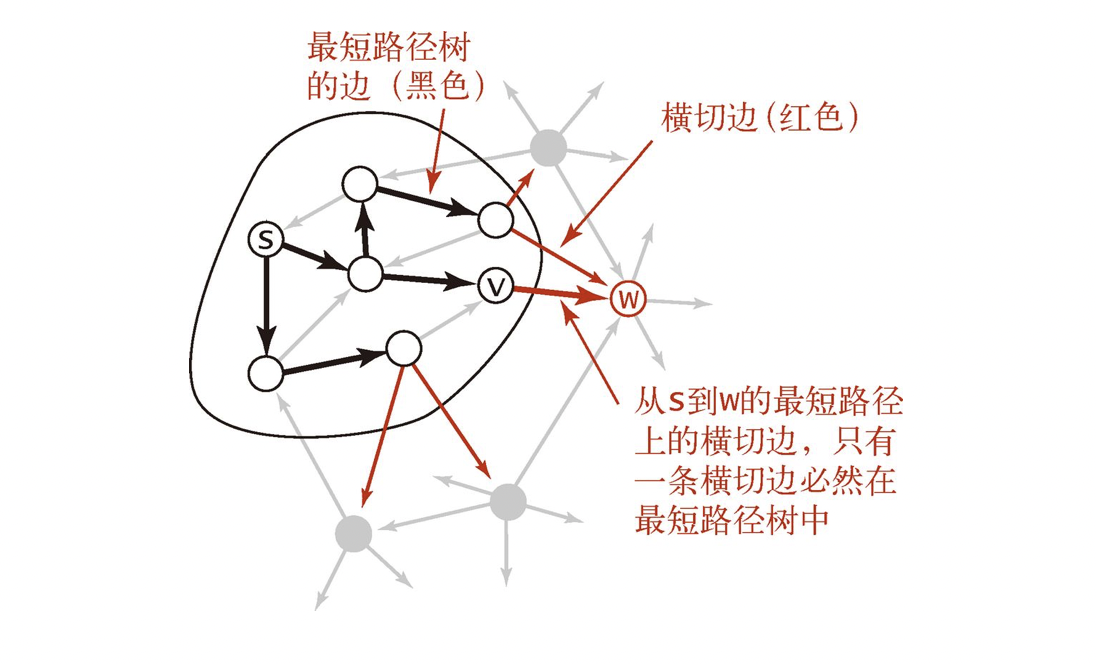1
2
3
4
5
6
7
8
9
10
11
12
13
14
15
16
17
18
19
20
21
22
23
24
25
26
27
28
29
30
31
32
33
34
35
36
37
38
39
40
41
42
43
44
45
46
47
48
49
50
51
52
53
54
55
56
57
58
59
60
61
62
63
64
65
66
67
68
69
70
71
72
73
74
75
76
77
78
79
80
81
82
83
84
85
86
87
88
89
90
91
92
93
94
| const int maxl = 250000 + 5;
const int maxn = maxl * 2;
llong cnt[maxn];
int len;
class SAM {
public:
int maxlen[maxn], link[maxn], trans[maxn][26];
int last, sz;
SAM() {
Set(maxlen, 0);
Set(link, 0);
Set(trans, 0);
last = sz = 1;
}
void extend(int ch) {
int cur = ++sz, p = last;
maxlen[cur] = maxlen[p] + 1;
cnt[cur] = 1;
for( ; p && trans[p][ch] == 0; p = link[p]) trans[p][ch] = cur;
if(p == 0) link[cur] = 1;
else {
int q = trans[p][ch];
if(maxlen[q] == maxlen[p] + 1) link[cur] = q;
else {
int clone = ++sz;
maxlen[clone] = maxlen[p] + 1;
Cpy(trans[clone], trans[q]);
link[clone] = link[q];
for(; p && trans[p][ch] == q; p = link[p]) trans[p][ch] = clone;
link[q] = link[cur] = clone;
}
}
last = cur;
}
};
SAM sam;
// use Radix sort instead of bfs-topoSort
int C[maxn];
int id[maxn];
llong ans[maxn];
void init() {
Set(cnt, 0);
Set(C, 0);
Set(id, 0);
Set(ans, 0);
}
void rsort() {
Set(C, 0);
_rep(i, 1, sam.sz) C[sam.maxlen[i]]++;
_rep(i, 1, len) C[i] += C[i - 1];
_forDown(i, sam.sz, 1) id[C[sam.maxlen[i]]--] = i;
_forDown(i, sam.sz, 1) {
int u = id[i];
cnt[sam.link[u]] += cnt[u];
}
}
void solve() {
_rep(i, 1, sam.sz) ans[sam.maxlen[i]] = max(ans[sam.maxlen[i]], cnt[i]);
_forDown(i, len, 1) ans[i] = max(ans[i], ans[i + 1]);
}
int main() {
freopen("input.txt", "r", stdin);
init();
char str[maxl];
scanf("%s", str);
len = strlen(str);
_for(i, 0, len) sam.extend(str[i] - 'a');
rsort();
solve();
_rep(i, 1, len) printf("%d\n", ans[i]);
}
|



















